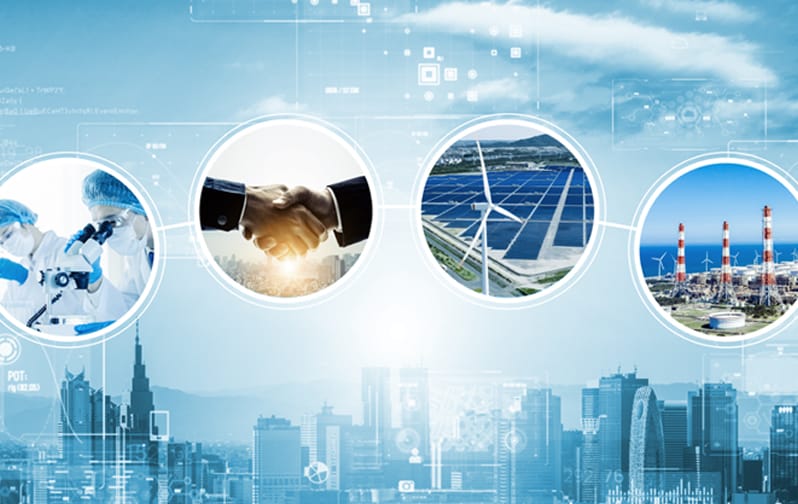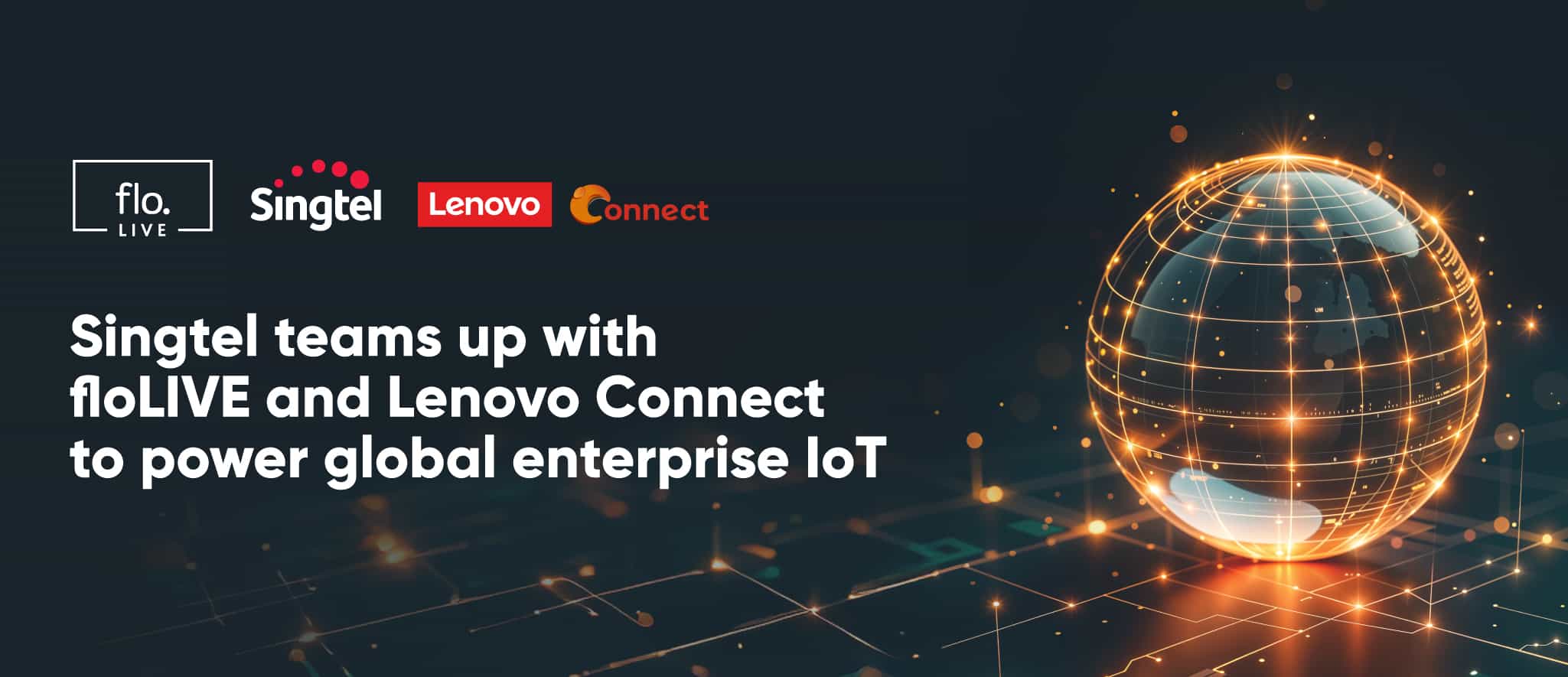Page Contents
6 Environmental & Corporate Sustainability Challenges To Solve With IoT

Page Contents
Environmental and corporate sustainability is a topic that requires more attention and that there’s a world of opportunity for the application of IoT solutions. What are some of the problems the world faces and how does IoT solve them?
Tackling environmental and corporate sustainability issues with IoT
In this blog post, we’re exploring 6 environmental and corporate sustainability challenges. These span frne how IoT can be used in innovative ways to deliver tangible results for a more sustaom energy management to water waste, food loss, agriculture, and more. We’ll also examiinable future.
IoT service providers enabling sustainability at scale are now offering solutions tailored to industries looking to reduce waste, monitor emissions, and optimize resource usage.
1. Energy Management In Buildings
One of the biggest energy consumers in corporate buildings is the HVAC system. It can account for more than 40% of a building’s energy usage. Heating, Ventilation and Air Conditioning systems can’t be removed, but their energy efficiency can be better managed and improved with smarter business practices and the Internet of Things. By tackling over- and under heating, and using building occupancy data, businesses can find a perfect balance between providing much-needed energy to power HVAC systems.
A simple and elegant solution is the use of sensors. These can be placed through buildings to track movement. When triggered, HVAC systems are activated. But there’s greater opportunity. With the right IoT software, HVAC systems can be controlled to produce as much heating or cooling as required, based on how full a floor or the building is. Another approach is to turn HVAC systems off completely in buildings where staff leave and return at set times.
Therma offers an IoT HVAC system designed to promote energy efficiency. It’s able to track vibrations, airflow, pollutants, the number of occupants in a building, and weather conditions. This data is used to manage building temperature conditions, optimizing energy usage.
2. Waste Management
The world has a population and waste problem. As more people need more space to live, they also create garbage that must be disposed of. In urban areas, IoT can serve as a smarter way to manage waste and cut down on resources.
How would this work? Using IoT sensors and software, municipalities can better control how and when they collect and dispose of refuse. IoT sensors can act as measuring devices for bins. As more bins are filled, sensors carefully track the amount of waste and then notify controllers to collect the waste. This is a simple solution with tremendous upside.
Most waste is collected according to a schedule. By tracking refuse levels, trucks will only visit locations when the refuse bins are full. Cities save on petrol usage, wear and tear of vehicles, and labor costs.
There are several great examples we’ve found of companies using IoT to tackle waste. Take Compology. It’s an AI and camera-based solution that monitors waste levels for optimum pickups. Enevo addresses waste a little differently. It provides a sensor-based waste management system that reports on dumpster fill levels.
Sensoneo offers a digitized bin infrastructure that helps you track bins and drive down the costs of losing assets, along with its Smart Waste Management System and Citizen app optimize waste collection routes, frequencies and vehicle loads. We also found SmartTrash, a full-automated compactor system that tracks waste levels, and uses data to determine the right time for waste pickups.
3. Air Pollution
The World Health Organization found that as much as 4.2 million can be attributed to outdoor air pollution. Harmful gasses also adversely affect the weather, water supplies, and vegetation. IoT can be used to monitor air quality, tracking density levels for the presence of harmful gasses. This solution beats other more expensive and bulkier options.
By measuring air density, organizations will be able to catch any harmful gasses produced or those that escape from pipes due to broken or open valves. IoT solutions can be applied to remotely control monitor and control valves, ensuring that harmful gasses are quickly and effectively dealt with immediately.
Clarity Air Quality Monitor helps organisations gather data on air quality. With readings on density of air pollutants, it’s easier to manage the quality of air for healthier environments.
4. Water Management
Water leaks are as old as time and costly too. Globally, as much as 126 billion cubic meters is lost per year. Water loss can be addressed with the management of pumps and valves, and processes such as water treatment or irrigation.
With remote access and sensors that transmit data on water levels and leaks, high risk areas can easily be managed with less maintenance. When leaks occur, facility managers can receive mobile notifications that identify the location and severity of the leak. Resources can be quickly assigned and water waste curbed.
A solution to improved water management comes as developed by Smart Earth Technologies. It provides a meter data acquisition and management system that’s IoT-powered that enables remote monitoring of consumption and can also control water flow.
5. Fleet Management
Fleet management is an essential part of the food supply chain. Simple changes in cooling temperatures as transportation moves food from manufacturing plants to warehouses and retailers can lead to food wastage. With an estimated 2.1 billion tons of loss, protecting food is crucial.
Temperature management systems can be deployed to track sudden changes. If refrigeration systems experience variance, managers can receive alerts. IoT software can automatically (and remotely) account for changes, and based on the type of cargo, remotely manage cooling while food is in transit or at a warehouse. Another benefit of IoT in fleet management is the opportunity to find the most efficient routes for shipments. Doing so reduces wear and tear on vehicles, optimizes fuel usage, and decreases the damage to the environment.
Roambee and Tive offer a solution capable of tracking assets in transit. Roambee integrates with other management systems, making it possible to generate visibility, insights, and foresights for your assets and shipments. These capabilities help reduce transit time, something that can prevent perishables from wasting away and save fuel.
Tive helps identify where your shipment is and supplies alerts, reporting and analysis. Like Roambee, these capabilities drive efficiency. Real-time data on shipment location allows for more informed decisions about routes, helping optimize fuel usage. Tive also monitors conditions of cargo to ensure that it doesn’t spoil.
6. Connected EV charging stations
Electric vehicles are becoming a more popular site on roads across the world. With a lower carbon footprint than fossil fuel vehicles, they do their bit to conserve energy. But ‘fueling’ EVs is a little more complex. How do you make it possible for drivers to authenticate themselves and pay for a charge?
Using IoT-enabled charge stations, both challenges are addressed. Drivers are able to arrive at a charge station, connect their vehicles, and authenticate and pay for as much energy as they require. Charge stations house embedded SIM cards that leverage mobile networks to allow for quick payment transitions.
IoT is an enabler
IoT has the potential to transform various sectors, offering smarter, and more effective and efficient solutions. When applied, IoT eliminates human error. With the use of AI, data analytics solutions, and devices, the heavy lifting and less effective decision making caused by a lack of actionable data is dismissed. Businesses are capable of enjoying more predictable production cycles, energy consumption, and savings.
Have you entered to win the 2021 IoT Social Impact Award yet?
Entries for the First Annual IoT Social Impact Award are officially open. Submit your application and you could walk away with the title and amazing prizes! Visit the Award website for details.
Join Our Newsletter
Get the latest tips and insights in our monthly newsletter.









